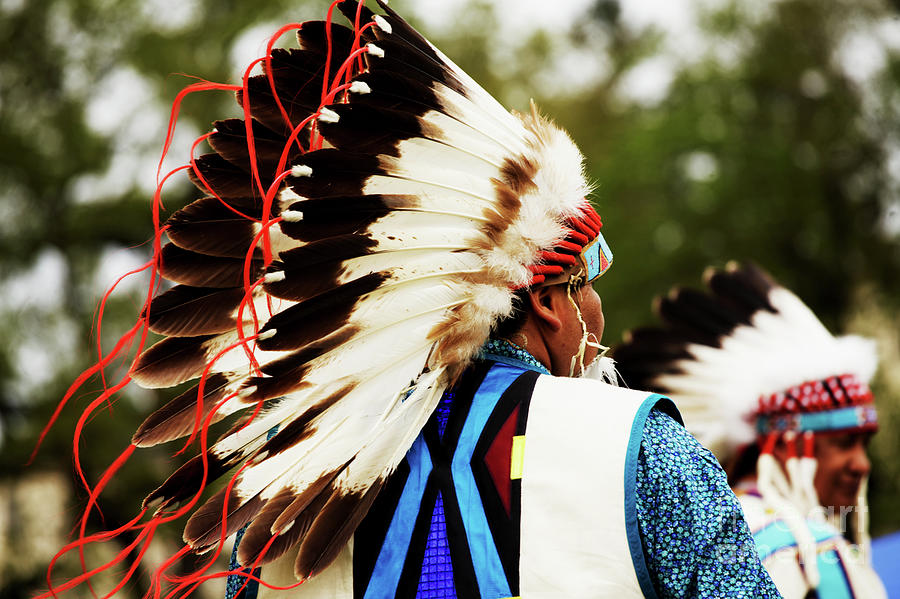Blown out exposure happens. How do we prevent them?
For those blown out exposures which have already happened & you have failed to resurrect in Photoshop, it is time to move on and see what we can do to prevent these in the future. As all photographers have to admit at some point, good as Photoshop is, it is far better to get it right before we shoot, than to have to spend the extra time later. So what is it about a blown out skies that we could solve before we press the shutter release?
Clearly the settings on the camera are asking it to remain open too long, or too wide for the available light. So take the time before you click to check your settings. This is not a fail-safe, but a common sense precaution. I generally use the axom that "If I have to squint my eyes or can't see detail", I stop the lens down a step or two, or I lower the ISO. Or I check the simple knob on top & turn it to sunny as opposed perhaps to cloudy. Any of these actions will help. Other than in snow. Here your camera unless in Manual mode will stop itself down, so you usually will want to overexpose to get a properly exposed photo.
Of course with a Histogram, it becomes nearly fail-safe. I am going to assume that most of you reading this are using a body with a Histogram feature. If not then follow the suggestions above. Histograms allow us to place the LCD in Histogram View Mode so we can see immediately if we are getting the response we need. If I see on my Canon bodies any flashing white areas, I know to stop it down from let's say 4.0 to 5.6 or 8 as an F-stop. Or I might select a faster shutter speed. Whatever mode I'm in I tweak settings to achieve a non-blown out sky or detail. The alternative on many dslr bodies today is to set within the menu an exposure of 1/3 to 1/2 stops.
Now having said that one can go too far. One can get the sky just right and lose the shadows. So a bracketing approach is the answer here. If you see a severe loss of shadow detail, adjust accordingly. A move back toward a wider opening or a slower shutter speed or a rise in ISO would help. If you simply cannot get what you want then the angle which is allowing too much light in can be adjusted slightly away from the source.
Finally shooting in RAW, if your camera is equipped, is an option worth considering because if despite the precautions & changed settings, you still don't get it right, then shooting in RAW allows for professional adjustment post capture. If you'd like to read a bit further on this BetterPhoto has a great short read by Lewis Kemper of
Better Photo http://www.betterphoto.com/article.asp?id=51.html
And if you are using Photoshop CS here is another read from Dummies: http://www.dummies.com/WileyCDA/DummiesArticle/id-2382.html
Good luck.
.
Sunday, December 23, 2007
Subscribe to:
Post Comments (Atom)
Celebrate Indigenous Peoples Day, Alongside Christopher Columbus Day
An honorable Day indeed to be able to conjoin both Indigenous Peoples or Native Americans, and Christopher Columbus Day alongside each othe...

-
Go Now to my My Website for 20% off Ending 8:45 today Saturday October 4/2025
-
October 1st 2025 marks the 60th anniversary for the National Endowment for the Arts In order for us all to enjoy and share this landma...
-
An honorable Day indeed to be able to conjoin both Indigenous Peoples or Native Americans, and Christopher Columbus Day alongside each othe...
-
. Visiting my Website Brings You Much to Consider for Your Walls Visitors from all over are landing there, why not you. Beverl...
-
If you haven't already purchased a Print for your Mother's walls, for Mother's Day, perhaps today you could make it happen. The ...
-
Inflation is not happening within the world of art, YET Here is my photographic prints website so you can see why I've written this ar...
-
.......... I don't think I've ever spoken to anyone who doesn't enjoy taking pictures It's only natural. See something you l...
-
If You Could Choose any Art to Hang, what would it be? Something Experimental Something Less Traveled? Something ...
-
You can view the photography I have displayed currently at Fine Art America, here's the link to my Portfolio there. ...
-
Free Print for December Daisies and Lavender photo, watercolor treated By subscribing to my email list, you will get a free print...





Trouble accessing Better Photo? Try again later. They are having some problems but I'm sure theses are only temporary. If the article does not show up, then try searching under the Resources Tab for Articles & scroll to Lewis Exposure article.
ReplyDelete